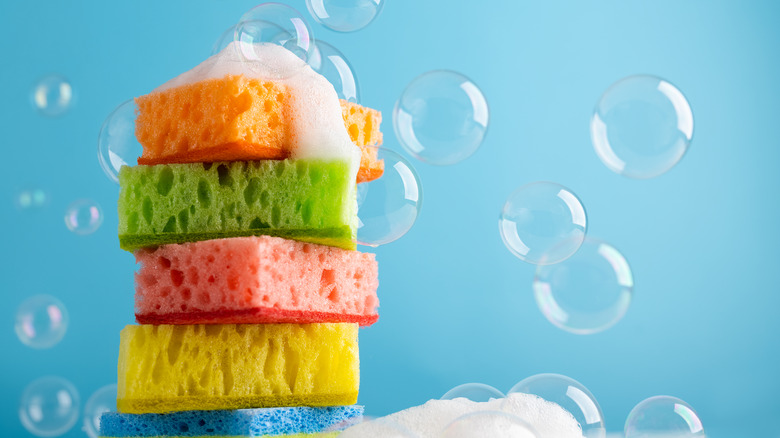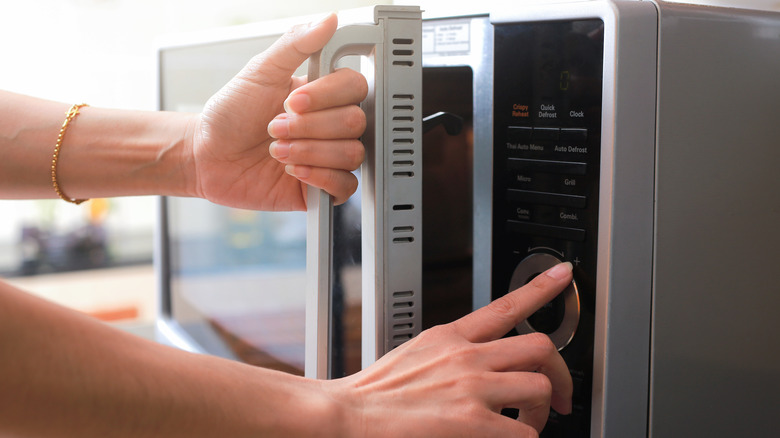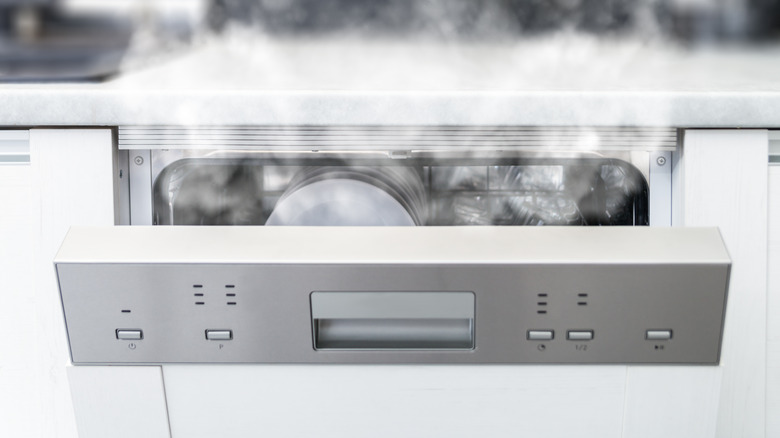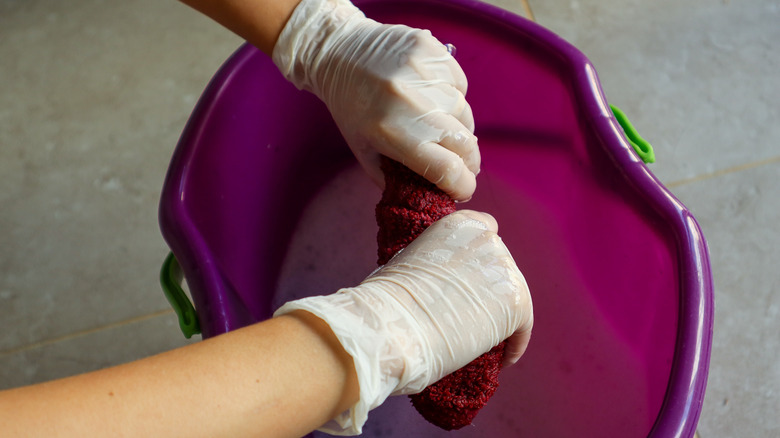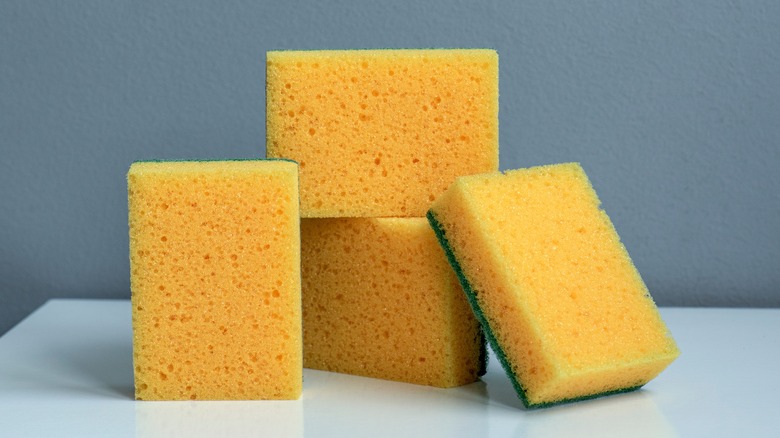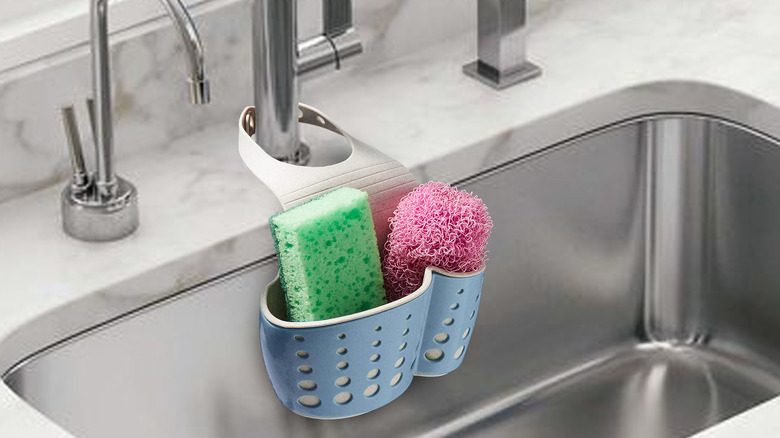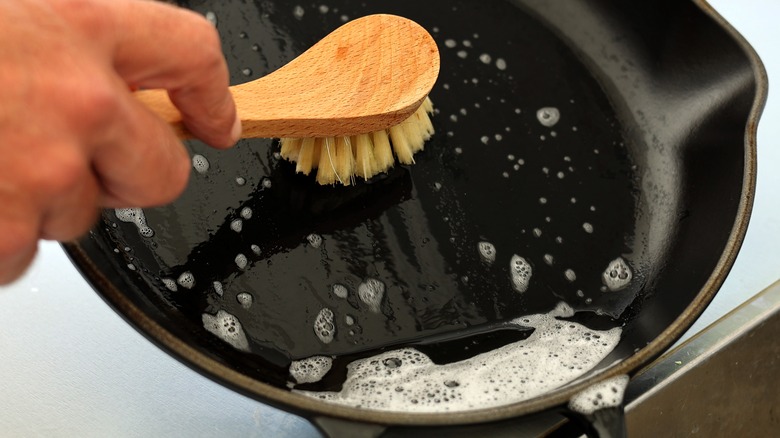How To Keep Your Kitchen Sponges Clean
You use it every day to clean dishes, the counter, the stovetop, and more. The kitchen sponge definitely gets a workout. Have you ever wondered whether you should be cleaning your sponges rather than simply using them to clean all sorts of items and surfaces in your kitchen?
If you haven't thought about that yet, you may want to. According to the National Sanitation Foundation, the kitchen sponge is one of the dirtiest items in many homes. In a 2011 study of 22 families, samples were collected from 30 common household items and surfaces. These items and surfaces were tested to check for the presence and levels of bacteria, yeast, and mold. Surprisingly, in many homes, the kitchen sponge was actually the germiest hotspot. Every time you use a sponge to clean a different item or surface, it can pick up new germs and bacteria. If the sponge is not cleaned regularly, then the bacteria can multiply and spread.
There are a few different cleaning methods you can use to clean a sponge and prevent this bacteria breeding ground from being a health and safety issue in your kitchen. Read on to learn more about each of these methods, along with additional tips for cleaning with a sponge.
Clean a dirty sponge in the microwave
One of the best ways to clean a dirty sponge is in the microwave. Grove Collaborative shares that as long as the sponge you have doesn't have any metal in it, the microwave can be an easy and effective solution. Plus, it can get rid of 100% of the dangerous and smelly bacteria growing on it.
Before putting the sponge in the microwave, you should soak it in about half a cup of water. This will allow the sponge to absorb the water, making the microwaving process safer and more effective. After soaking the sponge, put it in your microwave (without squeezing out the excess water). Set the microwave for two minutes on high power. If desired, you can repeat this step a few times to tackle any remaining bacteria.
After the time is up in the microwave, let the sponge sit for a few minutes. This will give it time to cool down and reduce the chances of an accidental burn. Then, simply remove the sponge from the microwave, wring out the excess water, and use it for your next cleaning task.
Clean a dirty sponge in the dishwasher
Just as it can help get your dishes clean and ready for use, your dishwasher can also help you keep your kitchen sponge clean and free of harmful bacteria. Just run the sponge through a wash cycle, and it will be ready for use. Albert Lee Appliance explains the reason to use a sanitize cycle instead of a regular wash cycle for cleaning.
During most standard wash cycles, the water temperature is typically between 140 and 145 degrees Fahrenheit. This falls short of the minimum temperature of 150 degrees Fahrenheit needed to really kill bacteria. However, sanitizing cycles heat the water in the dishwasher to a higher temperature — sometimes in excess of 170 degrees Fahrenheit.
When washing your sponge in the dishwasher, be sure to leave it in throughout the entire sanitize cycle. Simply being exposed to very hot water isn't sufficient to kill bacteria. Rather, prolonged exposure is necessary. In addition to cleaning your sponges, your dishwasher can clean and sanitize other items, including baby bottles and plastic toys.
Clean a dirty sponge with bleach
Bleach is a powerful disinfectant. The Oncology Times shares some insight into why bleach is such an effective disinfectant. Hypochlorous acid, bleach's active ingredient, makes the proteins found in bacteria unfold, causing them to become denatured. Then, the denatured proteins are inactivated, preventing the bacteria from growing.
If you want to use bleach to clean dirty sponges, Clorox recommends creating a solution of one gallon of water and ½ cup of regular bleach. Place the sponges in this mixture and leave them to soak for five minutes. After five minutes, drain the bleach and water from the sink and thoroughly rinse out the sponge. Let the sponge dry before use.
While bleach can effectively kill harmful bacteria, it doesn't come without risks. Washing bleach down the drain can threaten the environment (via Life Science). It is also essential to ensure that there is proper ventilation in the room if you're working with bleach to avoid inhaling its harmful fumes.
How often do sponges need to be replaced?
While you should clean your sponge regularly to keep bacteria from growing and spreading, doing so does not eliminate the need to replace your sponges. While Angi recommends thoroughly washing your sponges after every use, it's also a good habit to replace them after approximately 30 uses. This works out to replacing your sponge about once every month, assuming you use your sponge to clean dishes and other surfaces every day.
Similarly, you should plan on replacing dishcloths after every 30 uses as well. Like sponges, dishcloths are also kept in warm and moist spaces, providing the ideal environment for bacteria to grow. To reduce this, hang them in a sunny or well-ventilated spot to dry well in between uses. And, while using a high heat cycle in the washing machine or with bleach can kill a lot of bacteria, dishcloths can come at budget-friendly prices so it's still a smart move to purchase new ones once a month.
Additional dos and don'ts for sponges
Merry Maids shares additional tips to help you safely use sponges in the kitchen to limit the growth and spread of bacteria. Make sure you're cleaning your sponges on a daily basis to keep bacteria growth to a minimum. After cleaning the sponge, you should rinse it and wring it out to remove as much water as you can. Store your sponges in a raised drying rack, as opposed to flat on the counter or the bottom of the sink. This will give them a better opportunity to dry fully and prevent bacteria from growing. You can also opt for sponges made from microfiber instead of the classic cellulose material. These dry more quickly and can cut down on the time that bacteria has to thrive.
You should also not use your everyday sponge to clean butcher block or a wooden cutting board that was used to cut raw meat. Wiping these surfaces with the same one you use for regular wipedowns can spread the bacteria from the raw meat to other surfaces and items in the kitchen. Using a disposable option like paper towels that you can toss in the trash after cleaning meat prep surfaces is a safer choice.
Sponge alternatives to consider
Without diligent cleaning and care, sponges can be a serious health hazard. If they aren't disinfected properly and frequently enough, they can serve as an ideal breeding ground for bacteria. If you're worried about using a sponge and wonder whether you'll be able to keep it clean enough to be safe, there are other cleaning alternatives that you can consider.
Carolyn Forte from the Good Housekeeping Institute shared some tips with Time Magazine. Instead of sponges, she recommends using plastic or silicone brushes that are easier to keep clean and dry. She adds, "The material is not as porous as a sponge is, and if something is stuck to the brush, you can see that and rinse it out."
You can also consider using Swedish dishcloths. Swedish dishcloths dry more quickly, decreasing the chance for germs and bacteria to grow (via Ecologie). In addition to being a safe alternative to sponges, these dishcloths are also sustainable, environmentally friendly, and longer-lasting than sponges. Just two can replace about ten typical sponges, making them a super affordable option as well.
